Is Your Agility Dog a Pinto or a Ferrari?
Written by Lorrie Reynolds
Categories
What kind of car did you learn to drive in? Did you learn on a side street/country road, or on the highway?
You likely didn’t start with a Ferrari on the Interstate.
I did.
Ok, not literally, but my first agility dog was definitely not a Pinto (seriously dating myself here). He could have easily made world team with an experienced handler. But…that wasn’t me. I hadn’t even HEARD of agility until the facility owner told me I needed to join her class after basic obedience.
ROAD TRIPPING WITH A FAST AGILITY DOG
Not only did I have a Ferrari rather than a Pinto, it wasn’t long before I took it on the Interstate. I’ve always been a fan of speed (note the GTO and motorcycles in my past).
In 9 months, we were at our first competition. In less than a year and a half, we went to our first Championships (NADAC).
A lot of people do things the other way around. They start with the family pet, who isn’t usually a Pinto, but is probably more like a dependable SUV.
Then they upgrade. They get a Border Collie puppy or an Aussie. All of the sudden, they can’t keep up, can’t think fast enough, and the handling that worked when they had time to fix it suddenly doesn’t cut it anymore.
If that’s you, you don’t have to crash and burn.
LEARNING TO HANDLE A SPORTS CAR
Here are the things to focus on:
Clarity – Make sure that your cues are clear and that they are telling your dog what you think they are.
Consistency – Once your cues are clear, make sure you’re using them the same way every time.
Foundations – If you’ve got any gaps in your foundation, fill them in. For example, it’s really hard to run a fast dog if you don’t have a solid stay at the start line. (It can be done, but it’s extra work!)
Confidence – If your dog goes off course because he didn’t have the information fast enough, make sure he doesn’t know that you messed up. Own that off course and find a graceful way to get back on track without your dog knowing it was a “mistake”.
And my favorite – Distance! – Believe it or not, it’s EASIER to handle a dog at a distance than it is up close, at least on non-technical sections of the course. Trying to race from place to place, be consistent, and give clear cues all at the same time is hard! Being able to worry less about where you need to be and pay more attention to your cues and communication takes the pressure off and lets you focus.
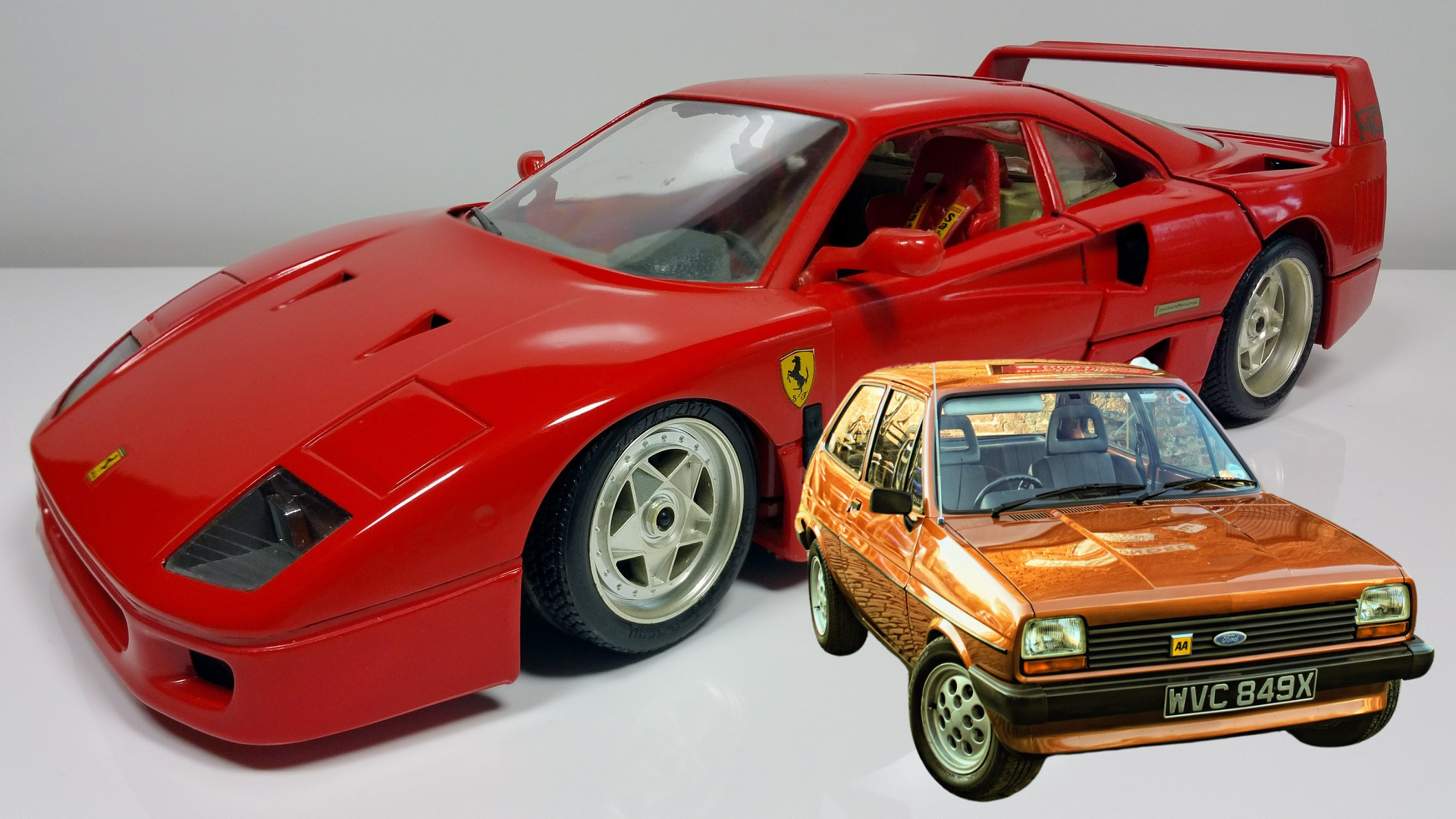
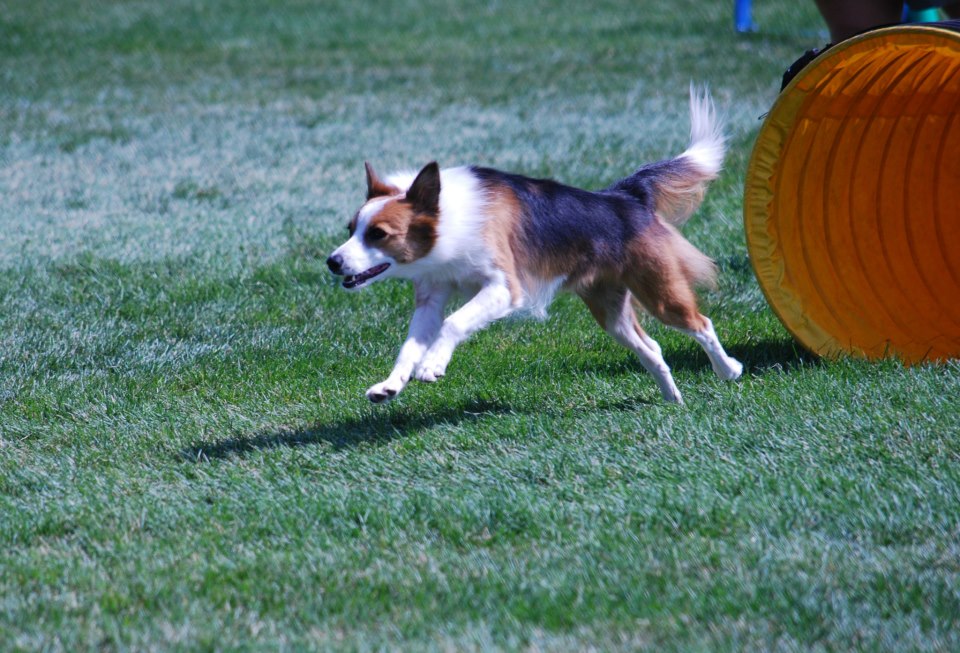
You can adapt to running a speedy agility dog, even if you started out with an SUV or a Pinto. If you want to learn more about distance handling and how it can make working with a fast dog easier, check out Agility FUNdamentals for Distance, available HERE on Amazon.
You Might Also Like…
Five Ways to Crush It at Your Next Dog Agility Seminar
Going to a dog agility training seminar? Check out these five tips to maximize your return on investment!
Read This Before Deciding on Your Agility Dog’s Contact Performance
Which contact performance, running or stopped, is right for your team? The answer might surprise you.
Dog Training Safety: Why You Need an Experienced Instructor
An experienced instructor for agility, tricks, conditioning, and other dog sports can save you headaches and heartaches in the future.
Get tips, stories, discounts, and early notification of events and new courses delivered straight to your inbox! Join the community!
Cover photo courtesy of Stover Photography.
Third photo courtesy of Dog Agility Photos for Fun.
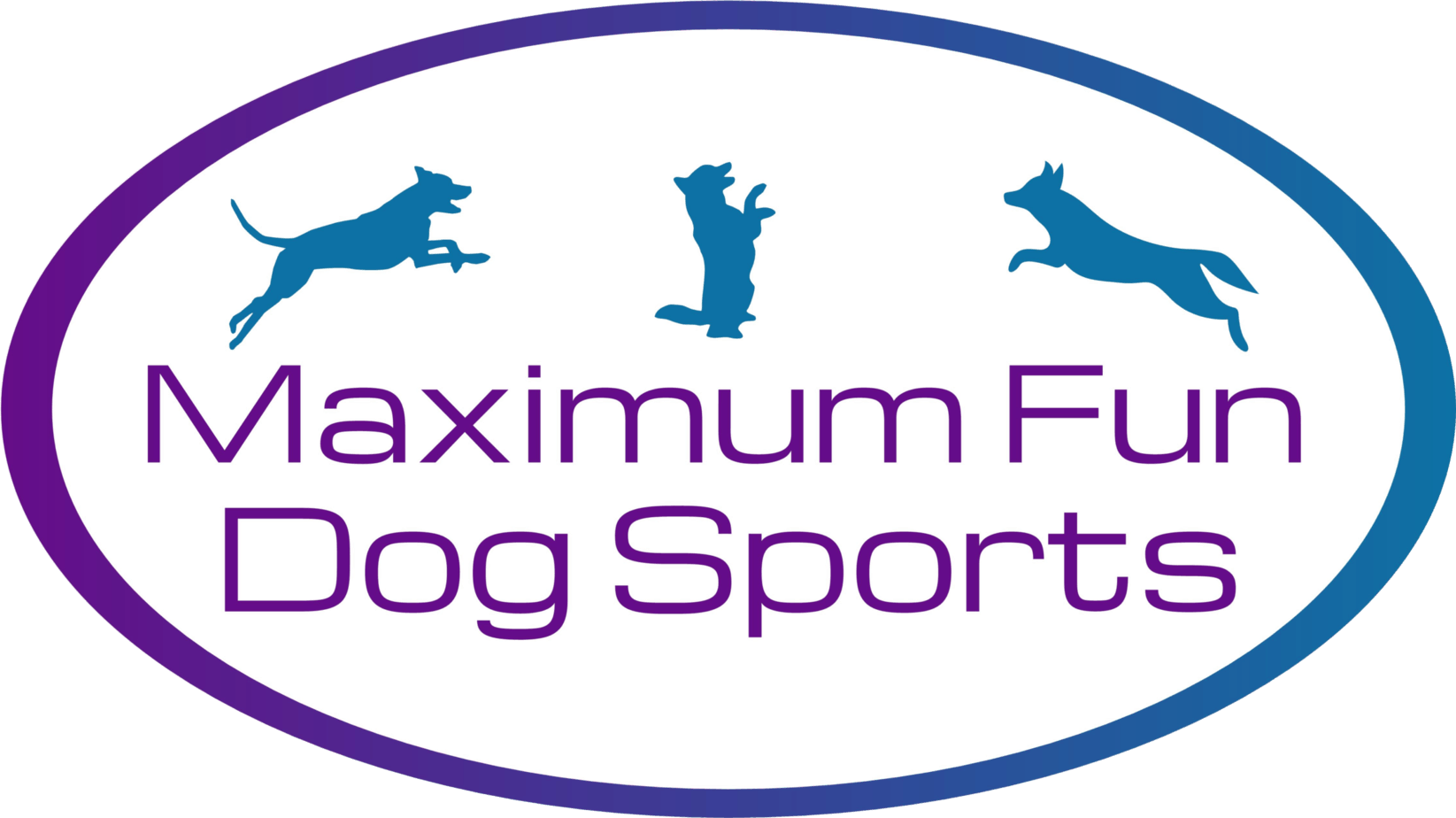
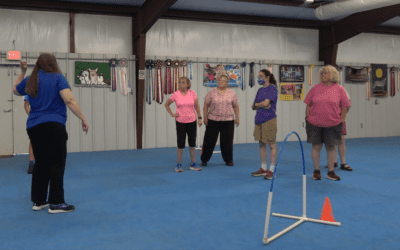
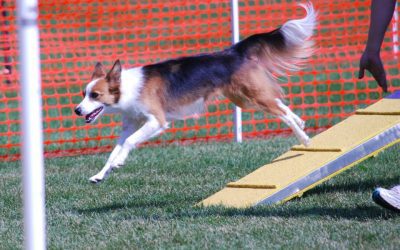
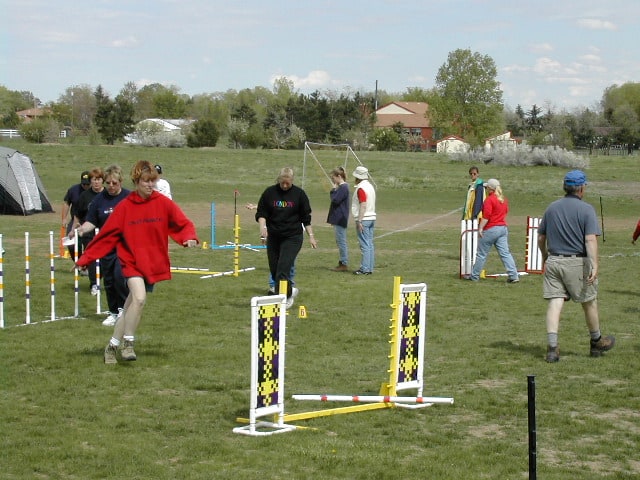
0 Comments